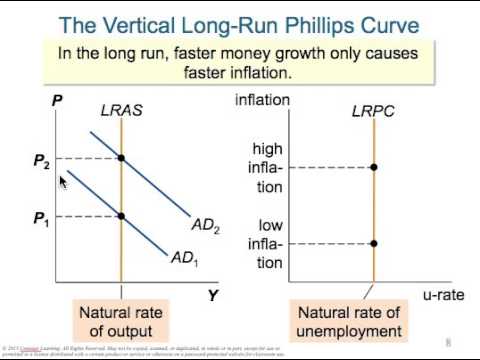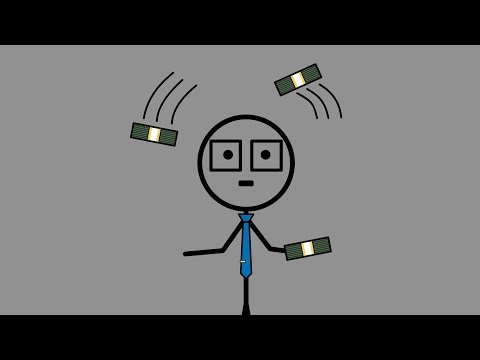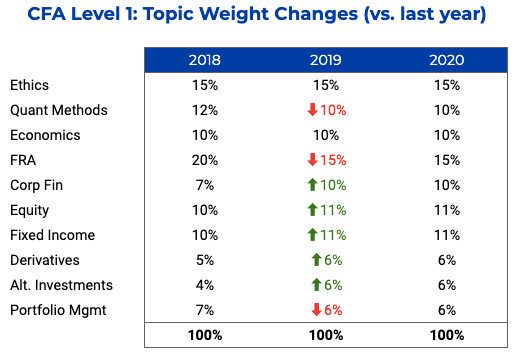What is Dynamic Programming? Top-down vs Bottom-up Approach
Content

Niklaus Wirth, among other achievements the developer of Pascal programming language, wrote the influential paper `Program Development by Stepwise Refinement’. Top-down methods were favored in software engineering until the rise of object-oriented programming in the late 1980s. In a bottom-up approach, the individual base elements of the system are first specified in great detail.
To tie it to the UI first, to say this is the update profile API
endpoint, you have put the cart before the horse basically. The problem with that is that you’re putting as primary the thing that
is the most ephemeral. The primary thing
is capturing that intent of the user, because once you store that, in
theory with records, with data, it’s supposed to be a fact about an
event. We say, well, the story
says that on this one view, on this one page, I should be able to change
my name as a user.

With bottom-up design you start with the components, which you see
clearly, but it’s not yet clear how they fit together. You write
the components individually, unit-test them, then assemble them into
a whole program. When I first read Hunt and Thomas’s Pragmatic Programmer, a book that changed my whole attitude about programming, it dawned on me that the whole thing was about controlling fear. Writing software other people are going to use is a scary business. We all know how hard it is to get even a few lines of code right, much less hundreds of thousands of lines.
Which Management Style Is Right for You: Top-Down or Bottom-Up Approach?
Especially if that big system is a plate of spaghetti, hairball, or describable by some other analogy of tangling. This top-down, then bottom-up approach solves two very important problems at once. First, it lets you answer the what-you-want-to-build problem cleanly from a client (the user of the code’s) perspective. Coding bottom up lays down a sold foundation on which to build.
It takes the form of constructing abstract data types in languages such as C++ or Java, which can be used to implement an entire class of applications and not only the one that is to be written. It therefore becomes easier to add new features in a bottom-up approach than in a top-down programming approach. A bottom-up approach is the piecing together of systems to give rise to more complex systems, thus making the original systems sub-systems of the emergent system.

Connect and share knowledge within a single location that is structured and easy to search. If you look closely at this recursion call stack, you will see that some subproblems have been repeated a few times. The animation given below represents the recurrence of subproblems by using circular shapes. Dinesh Thakur is a Freelance Writer who helps different clients from all over the globe. Dinesh has written over 500+ blogs, 30+ eBooks, and 10000+ Posts for all types of clients.
Program Control
The beauty of the top-down approach is that you create something quickly. It feels good to produce a real piece of software with your own fingertips. You can get addicted to that feeling, and it can help you push through the learning process.

The result is a framework that the program can use to deliver the required functionality. Start “at the bottom,” with problems that you already know how to solve. From there, you can work upwards towards a solution to the overall problem. A subreddit for all questions related to programming in any language. From simple task management and project planning to complex resource and portfolio management, Smartsheet helps you improve collaboration and increase work velocity — empowering you to get more done. The approach gathers input from all members of the business and allots a certain dollar value to each department that is appropriate for their business needs.
What are Different Types of Integration Testing?
Due to this separation of functions, they are easily loaded in the memory. In addition, these functions can be reused in one or more programs. After testing, they are integrated with other modules to achieve an overall program structure. Note that a key characteristic of a structured statement is the presence of single entry and single exit point. This characteristic implies that during execution, a structured statement starts from one defined point and terminates at another defined point. This bottom-up approach works in different phases or layers.
- The development of the top-down and bottom-up approaches was a result of trial and error in managing, maintaining, and achieving success in a business.
- The bottom-Up testing technique is a type of incremental integration testing approach implemented to evaluate the risks in the software.
- You implement
a high-level version of the program that calls simplistic versions
of the components (that might do nothing) and slowly work your
way downward into the details of each component. - In practice, they can be seen as a style of thinking, teaching, or leadership.
At every stage, it is important to decompose the problem into bits that can be easily described with doc and easily tested. Otherwise, there’s going to be now ay for anyone (including you in the future) to understand why the code is organized the way it is. A writer for 4+ years with QA and Engineering background, I have always liked to blend creativity with technology. Although my experience plays an important role in making every article ‘my own piece of work,’ I believe writing is a never-ending learning process where I am still a student. Besides creating content, I try to read every book there ever existed and travel to places that are within reach (for now).
Top-down and bottom-up design
Structured programming forces a logical structure in the program to be written in an efficient and understandable manner. The purpose of structured programming is to make the software code easy to modify when required. Some languages such as Ada, Pascal, and dBase are designed with features that implement the logical program structure in the software code. Primarily, the structured programming focuses on reducing the following statements from the program. It is easier to construct functions in bottom-up manner. This is because bottom-up programming requires a way of passing complicated arguments between functions.
- In other words, an algorithm is used to perform the operations on the data inside the data structures.
- Changes in the top level of trophic levels have an inverse effect on the lower trophic levels.
- However, “organic strategies” may result in a tangle of elements and subsystems, developed in isolation and subject to local optimization as opposed to meeting a global purpose.
- Among other achievements, Niklaus Wirth, the developer of Pascal programming language, wrote the influential paper Program Development by Stepwise Refinement.
- Some design approaches also use an approach where a partially-functional system is designed and coded to completion, and this system is then expanded to fulfill all the requirements for the project.
Top-down testing follows a sequential path of dealing with the top modules before moving on to later or sub-modules. When you’re making a theory of your domain, you have to find stuff like
that. What is the data and what are the operations on that data? That is
what will make your code last, is organizing it around that.
Advantages of Top-Down Integration Testing
Top-down incremental Integration testing builds the program structure by moving from the top module to the lower modules. The process follows a certain downward hierarchy where the lower-level (sub-modules) modules are integrated into the top-level module (main module) using either a depth-first or breadth-first method. The primary advantage of this technique is to verify the control transfer and ease of integration as early as possible. A complicated algorithm is split into small parts called modules, and the process of splitting is known as modularization. Modularization significantly reduces the complications of designing an algorithm and make its process more easier to design and implement. Modular programming is the technique of designing and writing a program in the form of the functions where each function is distinct from each other and works independently.
As a result of this inclusive approach to budgeting, every aspect of business is considered equally as the budgeting plan is created. If you try to build the entire program while in a rowboat, you’ll not only be coding alone, you’ll be miserable doing it. And after you’ve put in the work, and if top down and bottom up approach in programming you’re lucky, the mystery of the overarching question becomes knowable. Like stepping slowly back from a photomontage to witness the ultimate image revealing itself. Experimental physics—hell, all of science—is about solving problems. There’s always a larger, overarching question—the big target.
It’s hard to imagine a world
where we enter in data correctly the first time. They are truly something that you could consider
timeless. Now, you might be wrong about it being timeless, but it’s at
least potentially timeless. You have to make decisions, so, you’d rather make good decisions rather
than bad decisions.






